12 Tips for Appraising Your Antique Glassware Collection
Antique glassware is both beautiful and valuable, but appraising it requires a sharp eye. Understanding the history behind each piece is key to knowing its worth. Factors such as the maker’s mark, material, and overall condition will all play a role. You may also want to consider the demand for certain styles or designs in the market. Let us walk you through the essential steps for assessing your collection.
This post may contain affiliate links, which helps keep this content free. Please read our disclosure for more info.
Research the Maker’s Mark
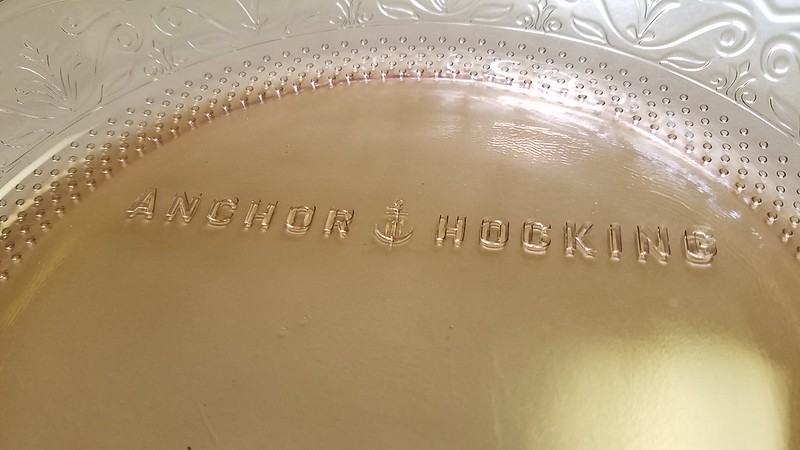
Identifying the maker’s mark is one of the first things to check when appraising antique glassware. Many glass manufacturers stamp or etch their logo or initials into the piece, which can provide insight into its origin. Understanding the manufacturer can help you determine the period during which it was made and its rarity. Keep in mind that certain brands, such as Murano or Tiffany, have pieces that can fetch significantly higher prices.
Knowing the maker can also help in evaluating the quality of the piece. Some companies are renowned for their craftsmanship, making their glassware more desirable among collectors. The presence of a maker’s mark can raise the piece’s value, especially if it is from a well-known, respected producer. Be sure to research any markings thoroughly to ensure accuracy and authenticity.
Examine the Condition
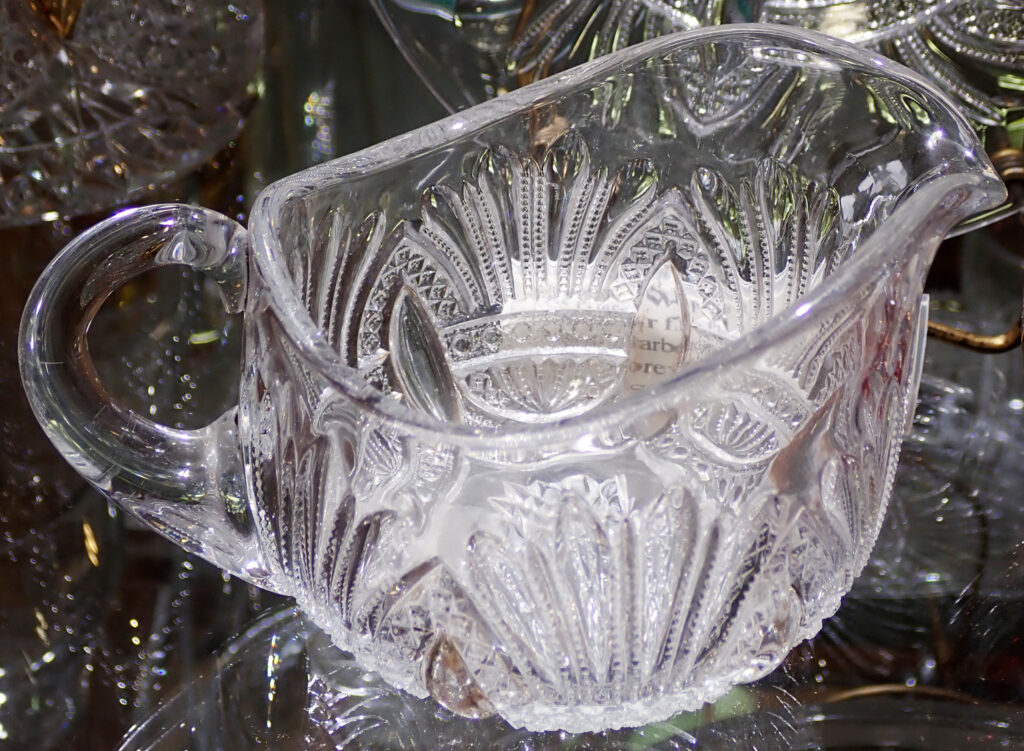
The condition of your antique glassware directly influences its value. Pieces that are free from chips, cracks, or discoloration will generally be worth more than those that show visible damage. Even minor imperfections, such as small scratches, can lower a piece’s overall value. Always examine the glass closely in bright light to spot any flaws that may not be immediately visible in normal conditions.
It is also important to check the integrity of the piece’s base and rim. Any signs of repair or restoration can affect its marketability. Unaltered glassware tends to be more valuable, as collectors prefer original pieces in their authentic state. Keeping your glassware well-maintained will also help preserve its value over time.
Consider the Age of the Piece
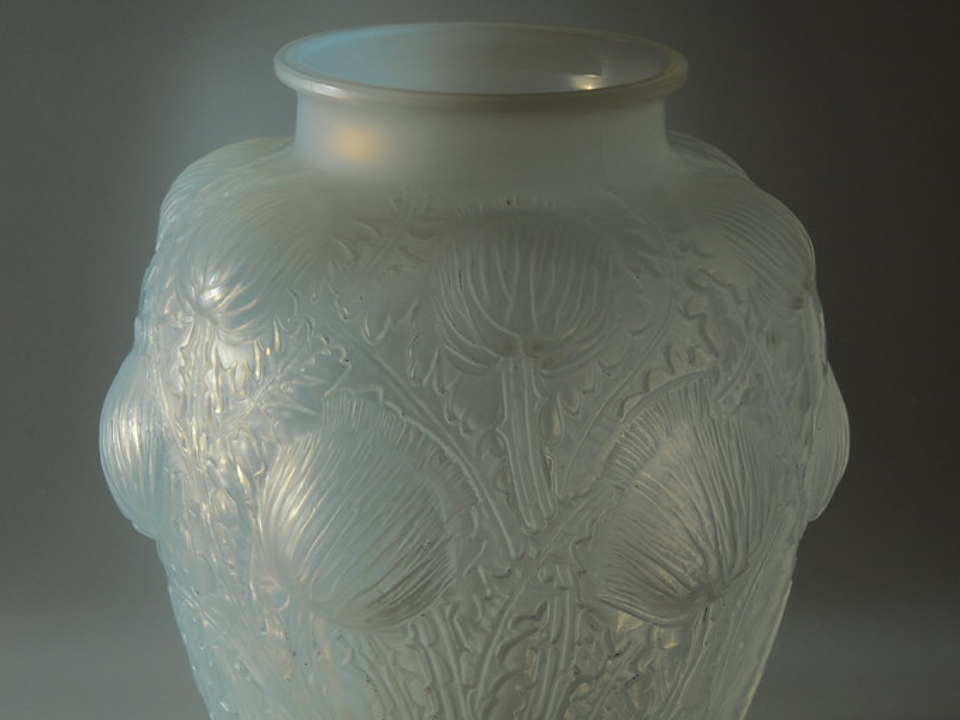
Age plays a critical role in determining the value of antique glassware. The older a piece is, the rarer it is likely to be, making it more sought after by collectors. Some periods, such as the Victorian or Art Deco eras, are more highly regarded than others, which can make those pieces more valuable. It is essential to learn about the historical periods in which certain styles or techniques were popular.
Older glassware often features unique craftsmanship and designs that are difficult to replicate today. For example, early 20th-century art glass typically has distinguishing characteristics, such as hand-blown marks or intricate patterns. Understanding the history behind the piece will help you properly evaluate its age and significance in the marketplace.
Inspect the Glass Type
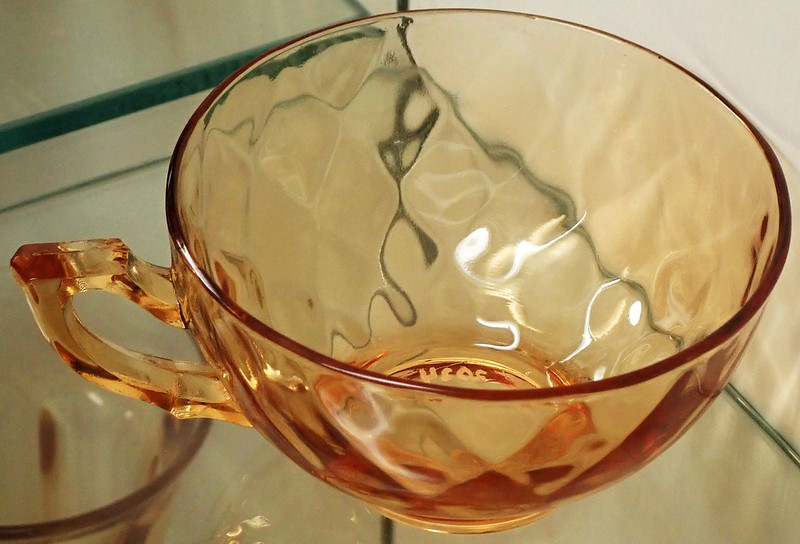
Antique glassware comes in various types, such as pressed glass, blown glass, and cut glass. Each type has a different appraisal value, as some are rarer or more complex to produce than others. Blown glass, for instance, is often valued higher due to the time and skill required to shape it. Pressed glass, while still valuable, tends to be less rare and more common.
The glass’s transparency, color, and texture can also indicate its type and quality. For example, pieces made with clear glass might have a different market value compared to those made with colored or frosted glass. Knowing the different types of glassware and their respective values will guide you in determining what your pieces are worth.
Identify the Design and Pattern
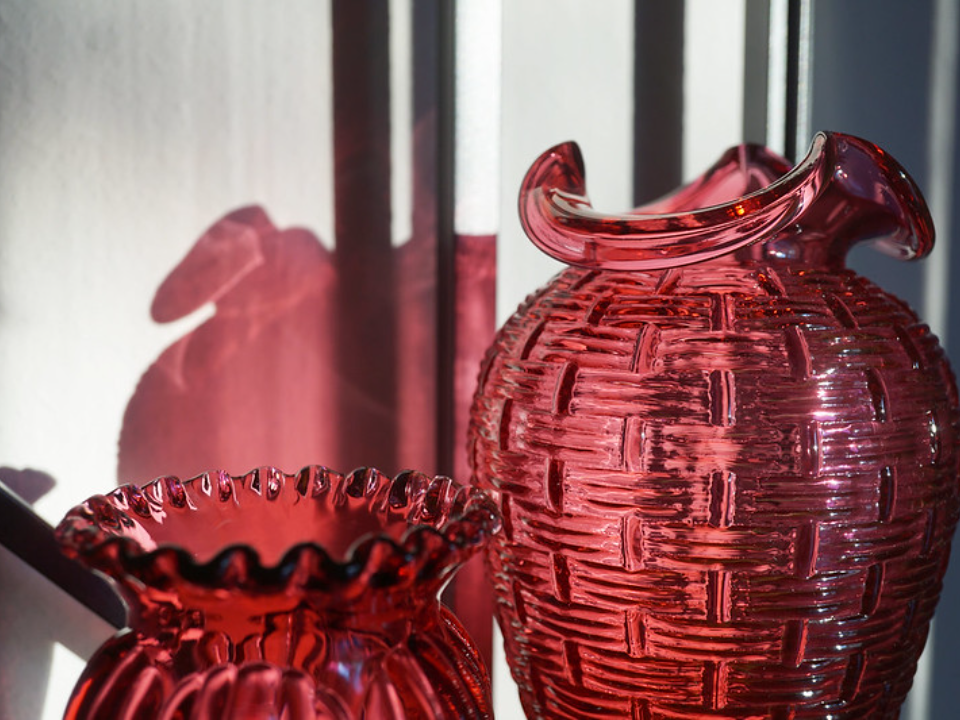
Design and pattern are crucial factors in appraising antique glassware. Many pieces of glassware are valued based on their unique patterns or designs, which are often linked to a particular era or manufacturer. For example, floral or geometric patterns might be associated with the Art Nouveau movement, while more ornate designs could reflect the Victorian era. Identifying these patterns can help you recognize a piece’s artistic value.
The rarity of a pattern also plays into the appraisal process. Some patterns, such as those produced by Fenton or Lalique, are considered highly collectible and can significantly increase the value of a piece. Make sure to research the specific designs that are most sought after to determine the potential worth of your glassware collection.
Pay Attention to Color
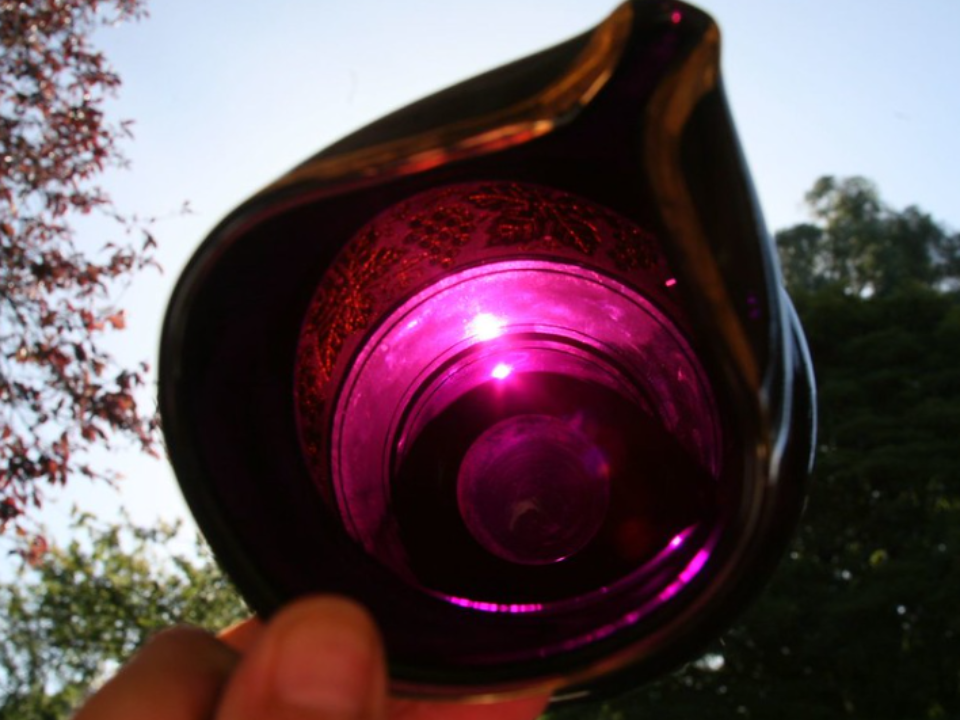
Color can be an important indicator of a piece’s age, rarity, and overall appeal. Some antique glassware features vibrant, unique colors that were achieved using specific glass-making techniques of the time. For instance, the striking green of Depression glass or the amber hues found in some Art Deco pieces can significantly impact a piece’s value. Colors that are rare or difficult to produce often make a piece more desirable to collectors.
The color’s intensity and evenness are also important factors. Uneven coloring or fading may decrease a piece’s value, as it could indicate wear or poor manufacturing. However, some collectors appreciate color variations and imperfections if they are a result of the glassmaking process. Understanding color trends and their significance in glassware history will help you assess a piece’s true worth.
Check for Provenance

Provenance refers to the history of ownership of an item, and it can be a significant factor in determining its value. Antique glassware with a documented history, especially if it once belonged to a notable figure or institution, can be worth more than a similar piece without any proven background. Provenance can also include the story behind how a piece was acquired, adding to its appeal.
For example, a vase once owned by a famous artist or a piece that was used in a royal setting can fetch a much higher price. It is important to keep records of your glassware’s origin and ownership history. Items with a well-documented provenance can be more easily authenticated and attract higher offers from collectors.
Understand Market Demand
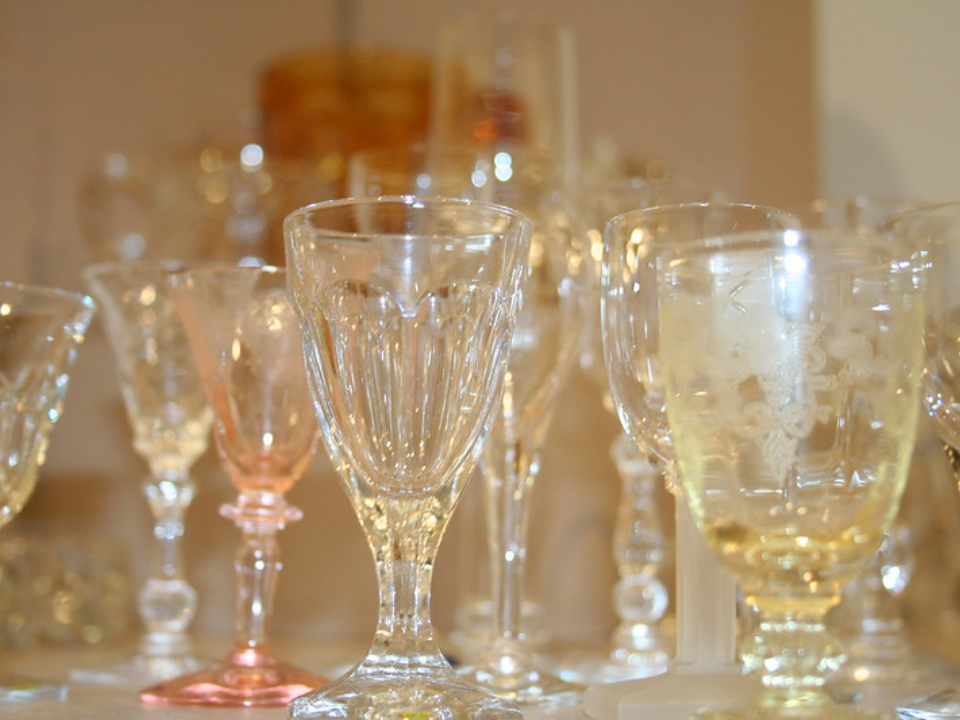
The value of antique glassware is not just dependent on its quality, but also on market demand. Certain types of glassware may be highly sought after at one time and less desirable at another. It is essential to stay informed about the current market trends in the antique glassware world. By following auction results and sales, you can get a better sense of what pieces are in demand and which are not.
When evaluating your collection, take note of the styles and makers that are currently popular with collectors. Demand can shift based on factors like cultural trends, renewed interest in a particular era, or the rediscovery of a previously undervalued piece. Understanding market demand helps you better gauge the potential value of your glassware collection.
Consider the Craftsmanship
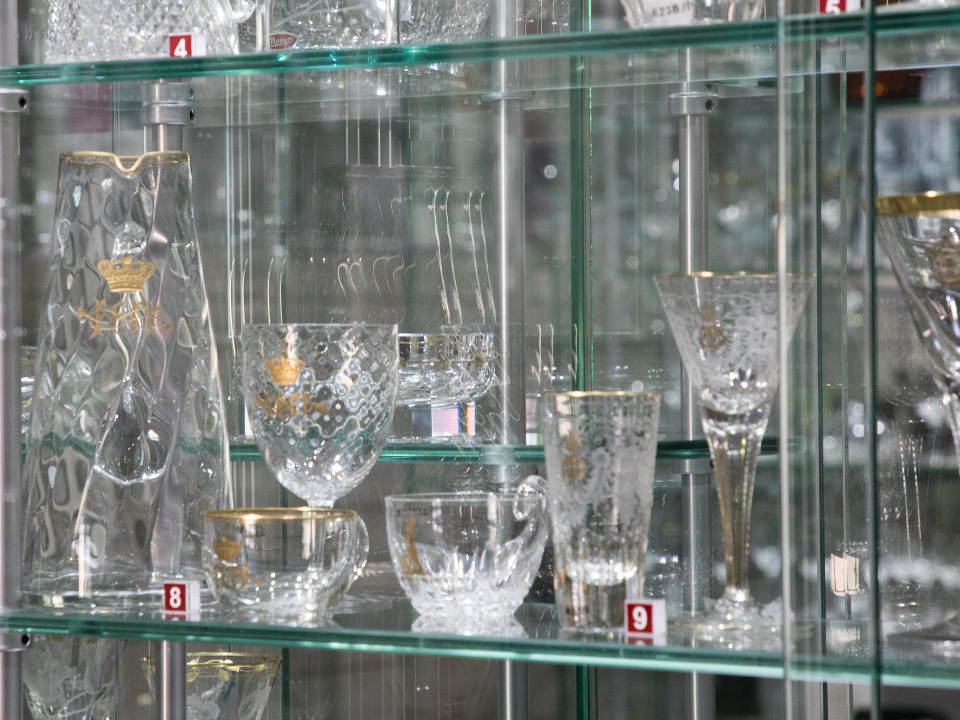
The quality of craftsmanship is a defining factor in determining the value of antique glassware. Handcrafted pieces, such as those made by skilled artisans, tend to be more valuable than machine-produced items. Intricate details, like hand-cut designs or applied decorations, contribute to the appeal and marketability of the piece. When appraising your glassware, pay close attention to the level of craftsmanship involved in its creation.
High-quality craftsmanship is often associated with premium glass manufacturers, whose pieces are considered to be true works of art. Collectors are particularly interested in unique, finely crafted items that display exceptional artistry. The level of workmanship can significantly elevate a piece’s worth, so it is worth assessing the degree of craftsmanship before making any appraisals.
Evaluate the Size and Shape
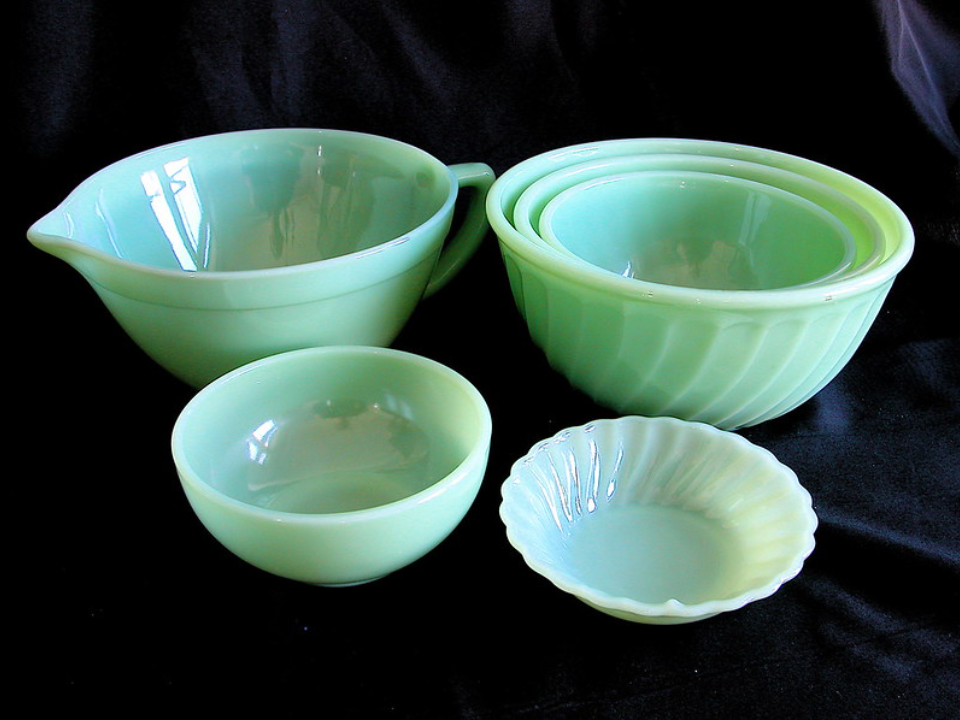
Size and shape play a role in determining an antique glassware piece’s value. Generally, larger items tend to be more valuable, as they are rarer and more difficult to create. For example, large glass vases or bowls that feature intricate designs are often more desirable than smaller, mass-produced pieces. The uniqueness of a piece’s shape can also make it stand out in the marketplace.
Collectors tend to gravitate toward pieces that have unusual or striking shapes, as these items are often more visually appealing. However, the size and shape should complement the overall design and function of the piece. Items that are too large or too small for their intended purpose may not be as desirable, so keep in mind how the shape influences the piece’s overall appeal.
Seek Professional Appraisal
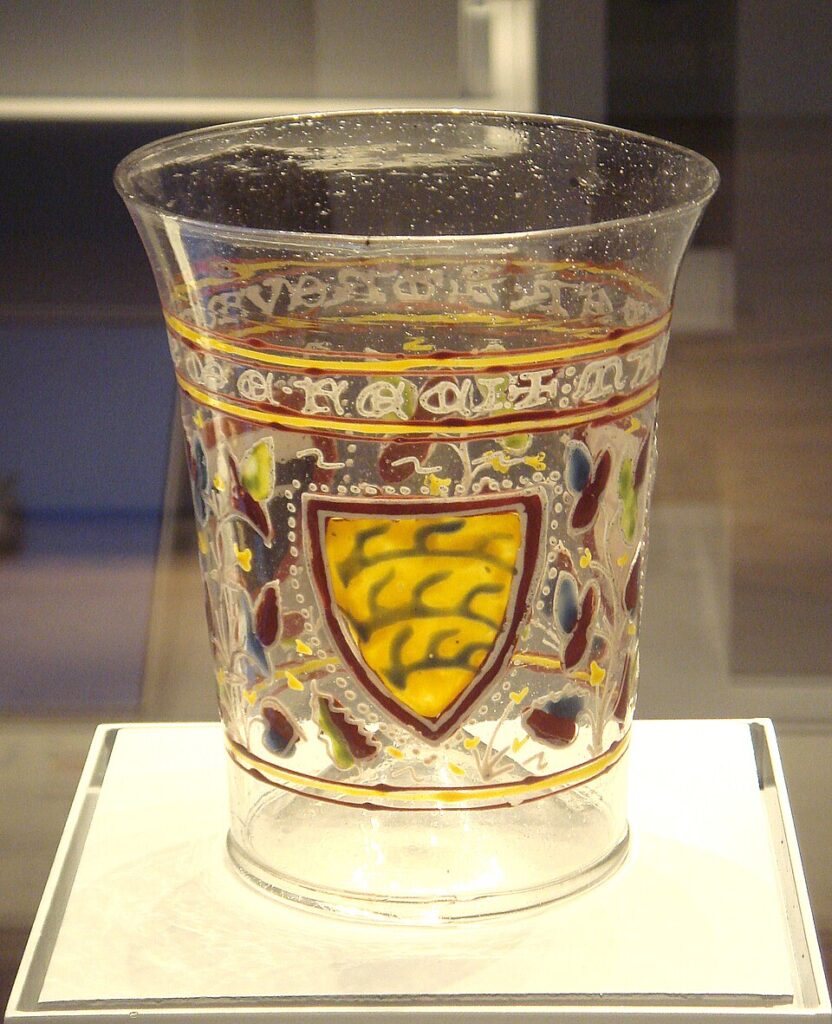
While it is possible to appraise antique glassware on your own, a professional appraisal provides a more accurate and reliable assessment. Experts in the field have extensive knowledge of the market and are skilled at identifying key attributes that affect value. Professional appraisers use their expertise to evaluate factors like maker’s marks, condition, and provenance, providing you with a detailed valuation.
A certified appraisal can also be helpful for insurance purposes, as it helps ensure that your collection is properly valued in case of damage or loss. Professional appraisers have access to the latest market trends and auction results, giving them a well-rounded view of what items are worth. If you are uncertain about your glassware’s value, consulting with an expert can provide valuable insights.
Keep an Eye on Auction Results

Auction results can offer a valuable snapshot of what similar items are selling for in the current market. By following auction houses that specialize in antique glassware, you can stay informed about trends, demand, and price fluctuations. This will help you make better decisions when appraising your collection, as you can compare your pieces with others that have recently sold.
Auction results provide insight into what buyers are willing to pay for specific types of glassware. Sometimes, pieces that were previously undervalued can gain recognition and an increase in worth over time. Monitoring auction sales gives you a realistic sense of your glassware’s value and can help you decide when to sell or hold onto your collection.
This article originally appeared on Avocadu.
